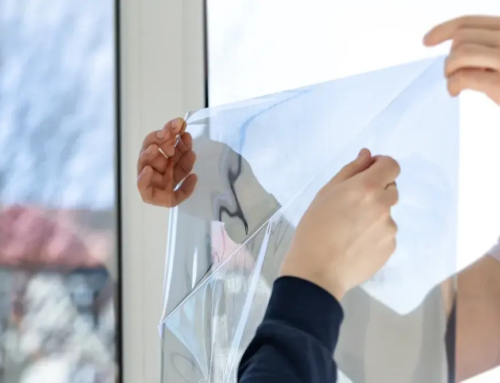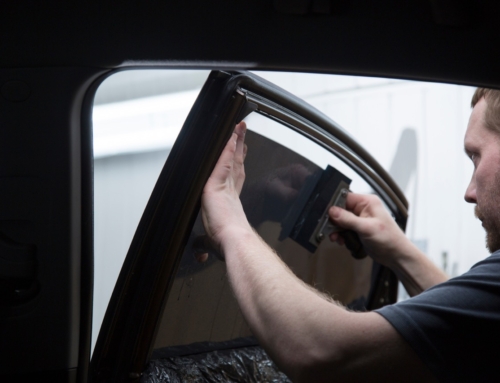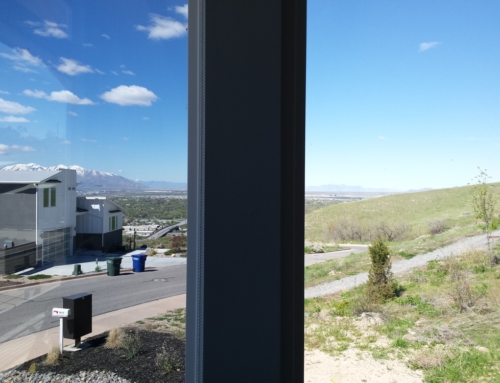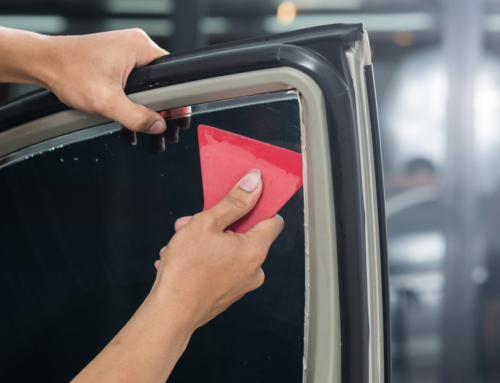Have you ever seen an older car with a cracked dashboard or steering wheel? Did you notice the seat upholstery was faded? These are effects of the sun’s UV rays coming through the windows. Wait, but didn’t you learn that you can’t get sunburn inside a car because the glass blocks UV light? A lot of tanned left arms and sunburned knees beg to differ. As well as science.
The science of UV rays
Ultraviolet light …
… Comes from the sun
… Has shorter wavelengths than visible light
… Is split into three types: UVA, UVB, and UVC
UVA has the longest wavelengths from 320-400 nm (nanometers). This is the light frequency used in tanning beds. Glass lets in UVA which penetrates skin more deeply than UVB and is responsible for tanning.
UVB has shorter wavelengths from 290-320 nm. It is responsible for sunburns. Glass lets in about 10% of this light frequency.
The UV rays break down the molecules in fabric dyes causing a bleaching effect. This is called photodegradation. The Florida Solar Energy Center published that “Ultraviolet radiation (UV) is the single largest contributing factor in fading of fabrics” whether it is in sunny, hot climates or colder, cloudy ones.
UV rays on your car
So glass does not block out all UV light, and that light creates a bleaching effect on upholstery that are under its glare too long. It can also cause your dashboard and steering wheel cover to crack. This is how window tinting protects your investment. Instead of soaking up the sun’s rays, it reflects back the UV light, keeping as much as 99.9% of it out of your car. That is going to make a big difference to the life of your car interior.
UV rays on you
For yourself, both UVA and UVB wavelengths “play an important role in conditions such as premature skin aging, eye damage (including cataracts), and skin cancers,” says the Skin Cancer Foundation. 10% of sunburn causing light builds up as you spend time in your car driving through heavy traffic or over long trips. UVA is dangerous too since it penetrates deeply into your skin, causing skin cancer and wrinkles.
So really…get some tinted windows
It is normally said that glass naturally blocks shorter UV wavelengths (below 300 nm) which cause sunburn. That’s why many people think car windows prevent sunburn and should prevent fading. In fact, glass only blocks about 90% of the shorter wavelengths called UVB. And it still allows longer wavelengths, called UVA, through. Take a look at any older car that has been out in the sun a lot and you will see that sun does affect the interior. Science discoveries may be changing every year, but your car and your skin speak for themselves.






